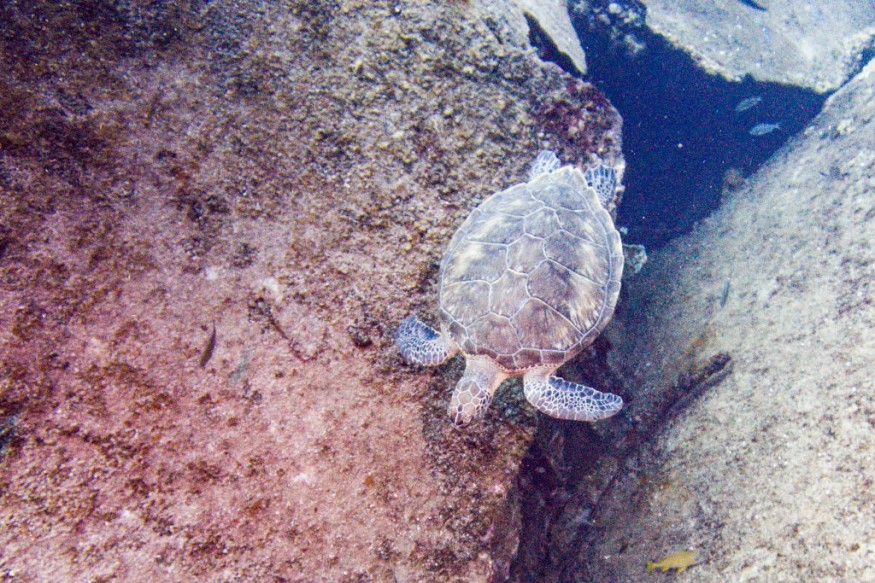
A Turkish scientist claims that rising nest temperatures are driving up the number of female sea turtles as the planet warms more quickly, impacting all species on Earth.
Hatching Of Eggs
Dogan Sozbilen, a board member of the Sea Turtle Research, Rescue, and Rehabilitation Center (DEKAMER), assessed how climate change and global warming are affecting sea turtles.
Temperature has a direct effect on a number of animals, most notably sea turtles, where it determines the sex of the hatchlings.
He explained that the sex of the hatchlings is unknown when they deposit the eggs in the sand, environmental circumstances rather than genetics determine gender.
Half of the hatchlings are female, and the other half are male, at a beachside nest temperature of 29 degrees Celsius. The number of females grows at temperatures above this, whereas the number of males increases at temperatures below this.
"As temperatures rise and this trend continues, we face the problem of an increasing female population. Additionally, when temperatures reach 33-34 degrees Celsius, embryo deaths begin to occur," Sozbilen said.
Sea turtles will seek out cooler areas and spawn during cooler months, according to Sozbilen, as a result of rising temperatures.
He noted that research and numerous forecasts have shown that sea turtles will not be able to cope with climate change in their existing reproductive systems by the year 2100, indicating that climate change would have a substantial impact on sea turtles.
Simply moving their breeding seasons to cooler times would not be sufficient. One of their investigations, which was published in 2023, revealed that nesting times vary globally and may eventually last up to 180 days.
Critical Ecological Responsibility
The loggerhead sea turtle (Caretta caretta) and the green sea turtle (Chelonia mydas) nest on the Mediterranean coastlines of Turkey, according to Sozbilen, who also mentioned that there are seven kinds of sea turtles that live in warm, tropical climates globally.
He emphasized the critical ecological responsibilities that sea turtles play in maintaining the health of coastal and marine ecosystems.
"Beaches are nutrient-poor areas that are an essential part of the coastal ecosystem. Sea turtles provide a food source for the plant and animal species that share the habitat by laying their eggs on these beaches," he added.
Sea turtles preserve ecological equilibrium by eating jellyfish, which helps to balance their numbers. Experts stressed that pollution remains a serious issue for the Mediterranean that affects sea turtles.
Researchers evaluated the amounts of pollution in the digestive tracts of dead or injured sea turtles that washed ashore between 2017 and 2022, and found that the levels were more than 80%, and, in some cases, nearly 100%. Although this incidence is approximately 35% throughout Turkey, the regions where the research was done are reasonably clean. In the Eastern Mediterranean, they observe rising rates.
Sea turtles that have plastic blockages in their digestive tracts may die slowly and painfully. Big fragments may twist their flippers, making them feeble and unable to eat.
© 2025 NatureWorldNews.com All rights reserved. Do not reproduce without permission.





